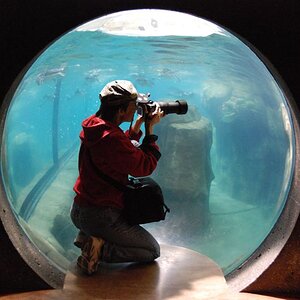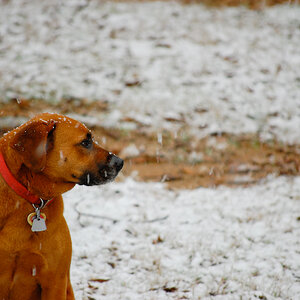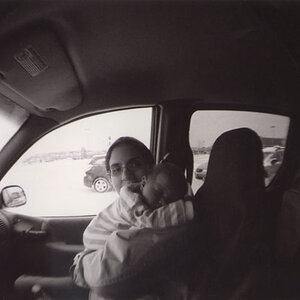celery
TPF Noob!
- Joined
- Dec 7, 2004
- Messages
- 105
- Reaction score
- 0
- Location
- Las Crappy Vegas
- Website
- www.ycarabas.com
- Can others edit my Photos
- Photos NOT OK to edit
http://images.google.com/imgres?img...+II&svnum=10&hl=en&lr=&c2coff=1&safe=off&sa=G
Woah, that a big link, check it out though. But I still don't know any other cameras that had a swastika on them.
Woah, that a big link, check it out though. But I still don't know any other cameras that had a swastika on them.


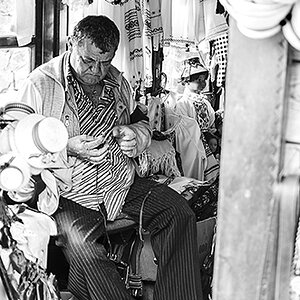


![[No title]](/data/xfmg/thumbnail/32/32811-2108d3f1ed7b5806eb452fc776aac668.jpg?1619735670)

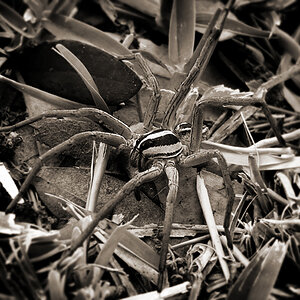
![[No title]](/data/xfmg/thumbnail/32/32809-afb9514cb8c02e2e41c241946e185251.jpg?1619735668)
